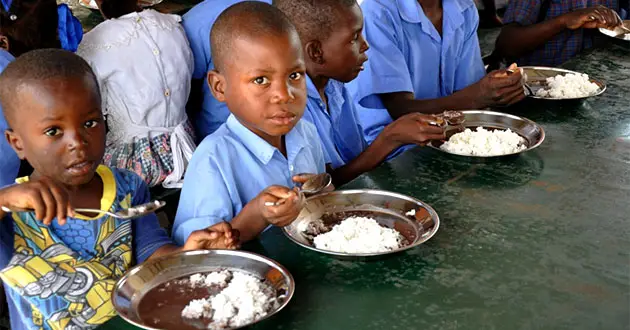
PORT AU PRINCE, Haiti (CMC) — The United Nations (UN) Office for the Coordination of Humanitarian Affairs (OCHA) says escalating violence and displacement continue to create severe humanitarian needs in Haiti, fuelling a nutritional and education crisis for children.
In a new report, OCHA stated that the United Nations Children’s Fund (UNICEF) and its partners have screened over 217,000 children for acute malnutrition since the beginning of the year, and more than 21,500 children have been admitted for treatment of severe acute malnutrition.

This represents approximately 17 per cent of the nearly 129,000 children expected to require lifesaving treatment this year.
According to the latest Integrated Food Security Phase Classification (IPC) analysis, 5.7 million people faced high levels of acute food insecurity between March and June 2025. This represents more than half of Haiti’s population.
Beyond the nutritional crisis, Haitian children are also facing an educational emergency. The report noted that as of mid-July, more than 1,600 schools remained closed, an increase of more than two-thirds since the beginning of the year.

UNICEF has provided learning opportunities to more than 16,000 children, including displaced children in temporary learning spaces. The agency has also provided psychosocial and mental health support to more than 100,000 children in schools. However, this represents only a fraction of the needs in Haiti.
The lack of funding significantly limits the ability of humanitarians to respond to the crisis. Haiti remains the least funded country in global UN-coordinated appeals — more than halfway through the year, less than nine per cent of the $908 million needed for the response has been received.
OCHA warns that insecurity continues to hamper the humanitarian response, leading to access difficulties, supply shortages, and the closure of health facilities. This limits the reach of health and nutrition programmes and endangers the lives of malnourished children.


